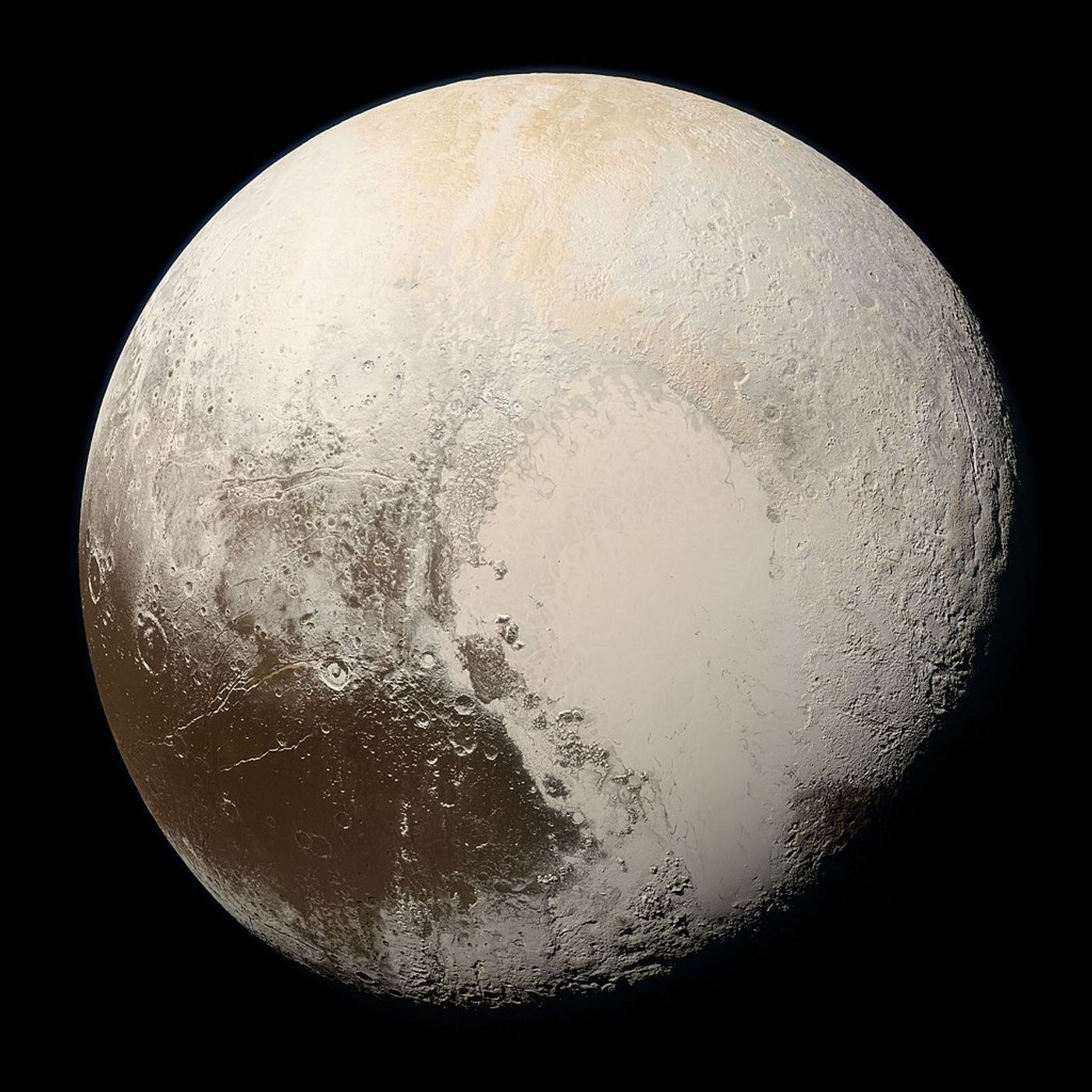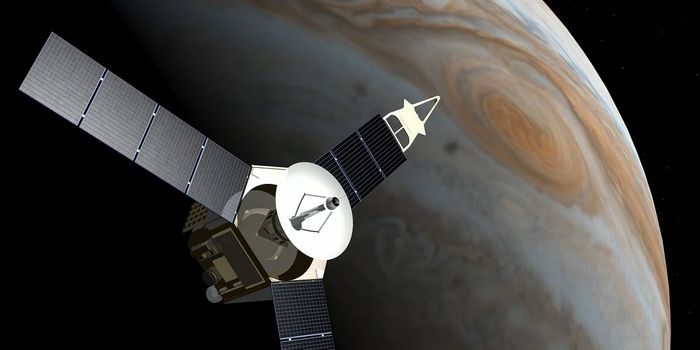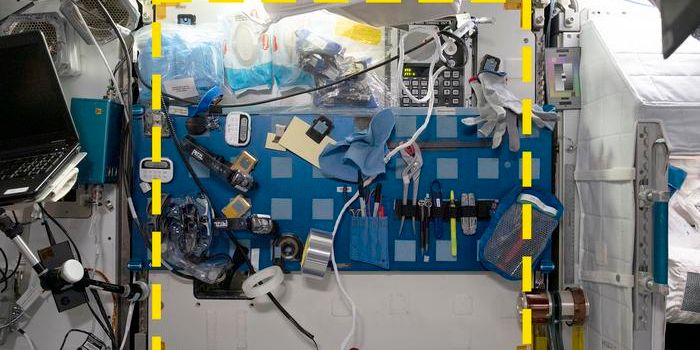Pluto Demoted Day: Why Pluto Isn't a Planet Anymore
Today is officially designated as Pluto Demoted Day, which commemorates when the International Astronomical Union (IAU) voted on August 24, 2006 to rewrite the definition of a planet, resulting in Pluto being demoted from full-fledged planet to dwarf planet. This move was met with heavy criticism from both the scientific community and general public, resulting in nationwide protests taking place to denounce the demotion.
Credit: NASA/Johns Hopkins University Applied Physics Laboratory/Southwest Research Institute/Alex Parker
The new definition from the IAU states a planet much possess three criteria: 1) It needs to orbit a star, 2) Its size must result in enough gravity to form it into a spherical shape, and 3) Its size must result in its gravity also clearing away other similar-sized objects within its orbit. While Pluto met the first two criteria, it was the third one that doomed it as a full-fledged planet, with both the definition and Pluto’s status holding to this day.
The reason why Pluto doesn’t meet the third criteria is because it still has many asteroids and other objects within its orbit that it never gobbled up during its formation. This is also because Pluto resides within the Kuiper Belt, which is a region comprised of icy bodies that orbit beyond Neptune. This region is estimated to contain hundreds of thousands of icy bodies with diameters potentially exceeding 62 miles (100 kilometers), and another trillion-plus comets that are also estimated to be there, as well. In short, the Kuiper Belt is a much larger version of the asteroid belt that lies between Mars and Jupiter.
Pluto was discovered in February 1930 at the Lowell Observatory in Flagstaff, Arizona, by Clyde W. Tombaugh. While ground-based telescopes were able to show it as a point of light, very little was ever known about Pluto until more powerful telescopes slowly discovered it had moons, which currently stands at five: Charon, Hydra, Kerberos, Nix, and Styx.
For over 75 years, Pluto proudly stood as a full-fledged planet, until astronomers began discovering other similarly-sized objects throughout the solar system, specifically Eris and Ceres, and the definition of a planet started to be questioned. This was when the IAU voted in 2006 to rewrite the definition of a planet, causing Pluto, Eris, and Ceres to be reclassified as dwarf planets.
While the flyby of Pluto by NASA’s New Horizons revealed both new and startling details about this intriguing world that orbits far from the Sun, Pluto still stands as one of a handful of dwarf planets within our solar system, and there’s no indication this will change anytime soon.
As always, keep doing science & keep looking up!
Sources: National Today, International Astronomical Union, New Scientist, International Astronomical Union (1), NASA, Library of Congress, NASA (1), NASA (2)









